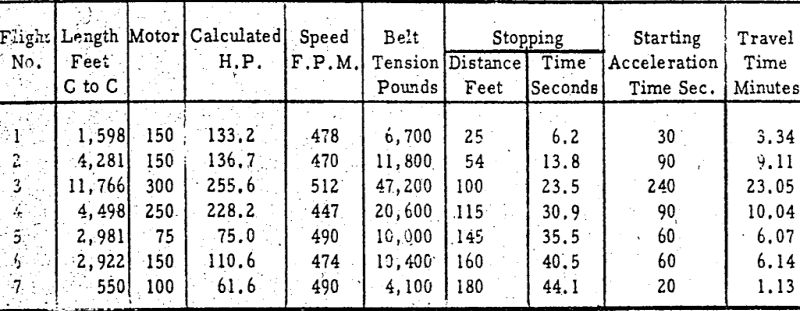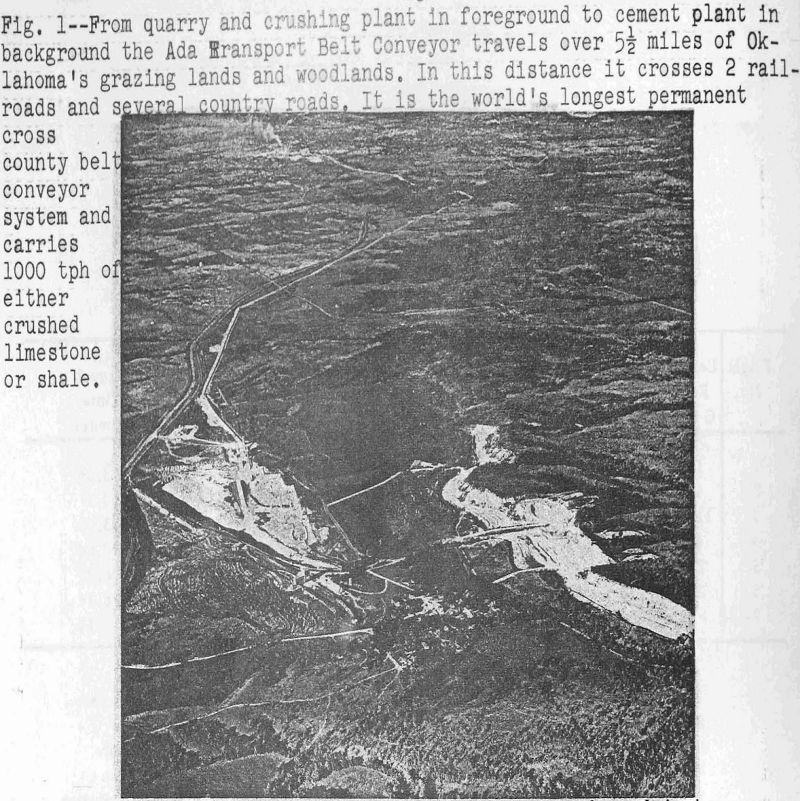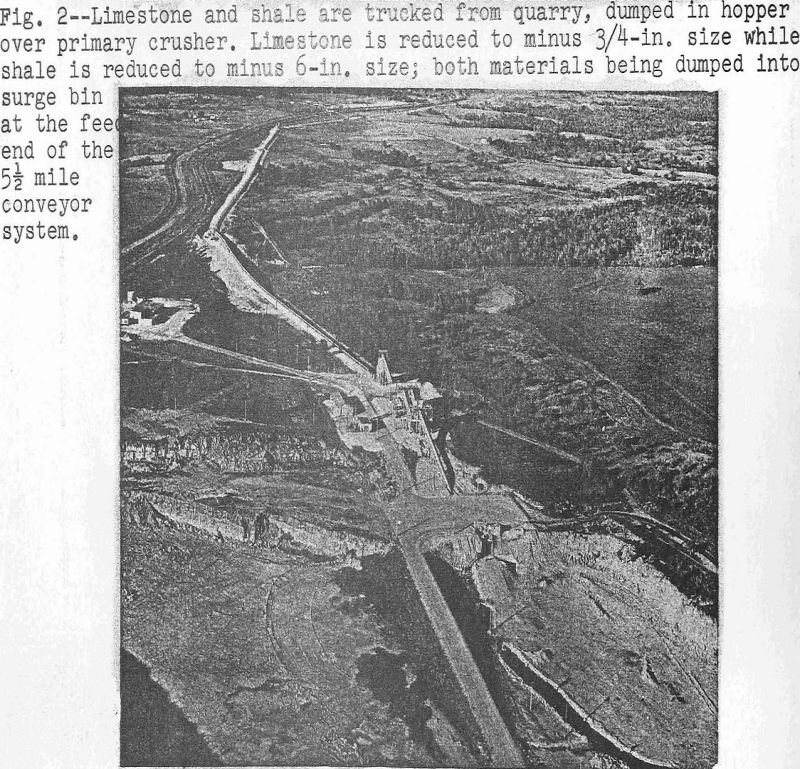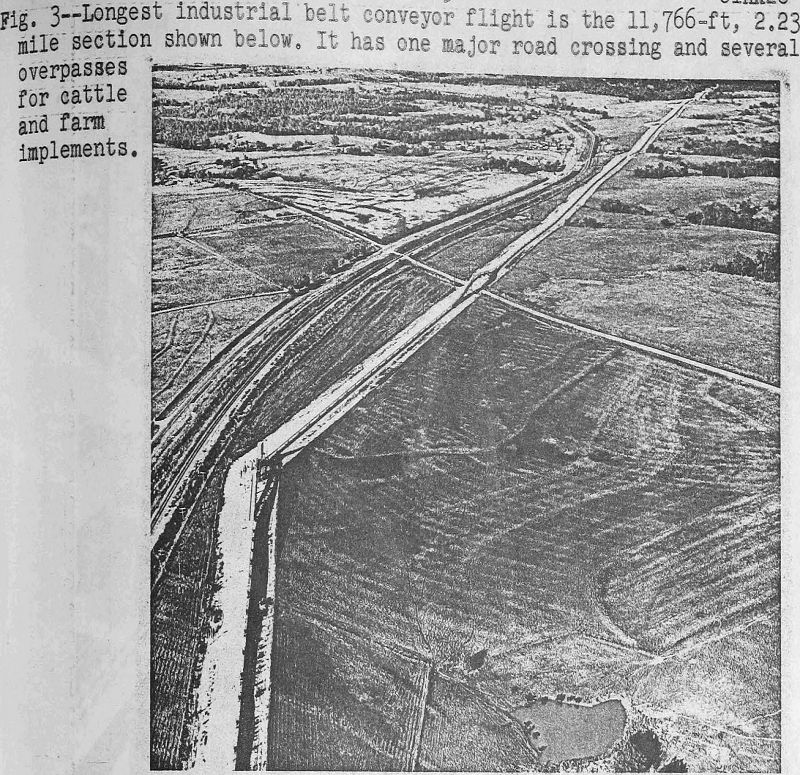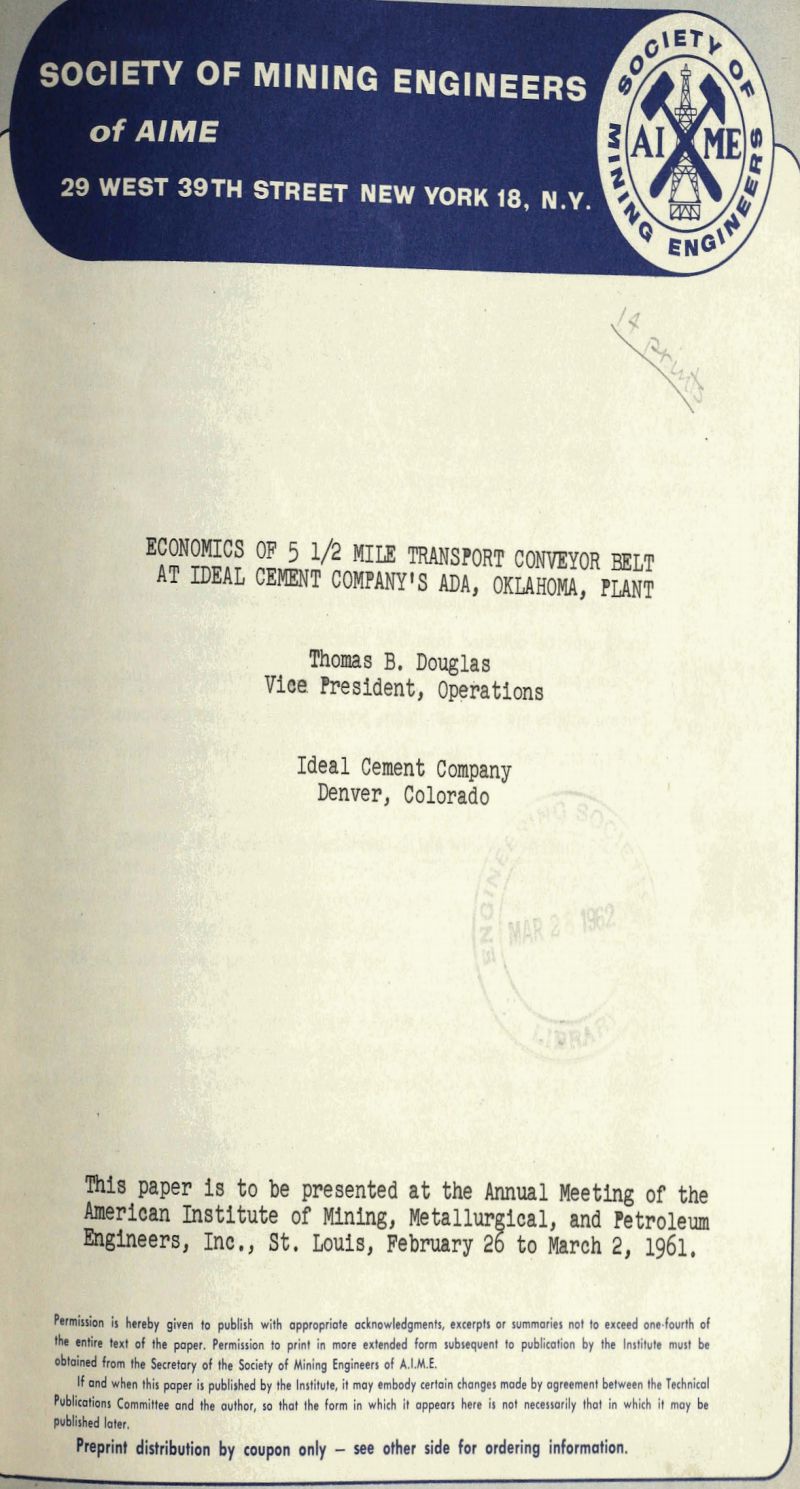In 1955, the Ideal Cement Company decided to increase the production at its Ada, Oklahoma operations. After many studies it was decided to build a complete new plant along side the old, near the site of the original 1907 plant. The new plant was to have a production of three million barrels annually while the plant then in operation had an annual production of .two and one quarter million barrels.
It was initially intended to stay with common carrier rail haulage of limestone and shale from the crushing plant to the cement plant. The initial preliminary layout drawings were based upon a modern crushing plant with loading facilities for approximately 140 railroad cars of stone and shale per day. Many factors entered into this picture including sufficient transfer yards, involving approximately 2500 feet of additional trackage at the quarry and crushing plant, as well as approximately 10,000 feet of trackage at the cement plant in order to accommodate the number of cars required.
An extensive (study was then made of these alternates based upon supplying rock on an eight hour day, five day work quarry operation for a 5,250,000 barrel annual cement production.
A complete analysis of all factors was made for each transportation system and included:
A. Capital Investment
B. Operating or Direct Costs
1. Operating Labor
2. Repair and Maintenance
3. Operating Supplies
4. Power
5. Freight
C. Fixed or Indirect Costs
1. Depreciation
2. Insurance and Taxes
3. Property Right of Way
D. Total Annual Costs and Unit Costs
As you can see, the capital investment for the belt conveyor was considerably more than for railroad transportation.
In our studies we soon eliminated the use of truck transportation from quarry to the plant. The reason for this elimination was the topography of the terrain, crossing of two highways and two railroads.
After it was finally decided to go to the belt conveyor transport system, proposals were received from several major firms on the total installation, both on steel construction as well as concrete. Concrete construction figured in one case to be about three-fourths of one per cent more than steel and in another case to be about one and two-thirds per cent less than steel. Needless to say, we built it of concrete.
The transport belt conveyor is 36 inches wide, 28,553 feet long over-all and is made up of seven flights of varying lengths, the longest of which is 11,766 feet or 2.23 miles. The belt supporting structure consists of precast concrete channel sections supported, for the most part, on precast bents which are in turn supported on poured in place footings.
The belt conveyor has a capacity of 1,000 tons per hour and has many safety features not found in most belts.
